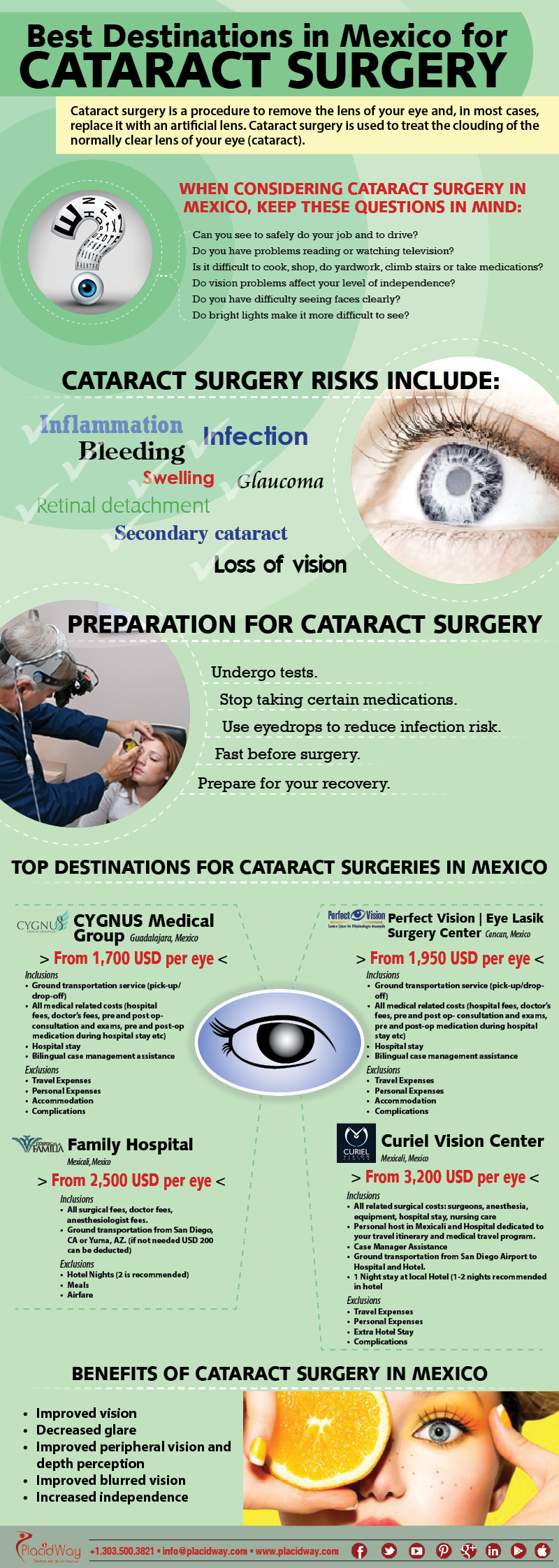Refractive Lens Exchange: A Comprehensive Guide To Achieving Better Vision
Refractive Lens Exchange: A Comprehensive Guide To Achieving Better Vision
Blog Article
Staff Writer-Gertsen Benjamin
If you're over 40 and fighting with vision problems like hyperopia or myopia, Refractive Lens Exchange (RLE) may be worth considering. This procedure replaces your natural lens with a synthetic one, potentially lowering your reliance on glasses. While the benefits are appealing, it's critical to recognize the risks and qualification requirements. What should you understand before deciding that could transform your vision permanently? Let's discover this topic further.
Comprehending Refractive Lens Exchange
Comprehending Refractive Lens Exchange (RLE) can be important for those considering vision adjustment choices.
RLE is a procedure that replaces your eye's all-natural lens with a fabricated intraocular lens. It's mainly aimed at remedying severe refractive errors, such as hyperopia, myopia, or presbyopia.
During cataract surgery versus phacoemulsification , your surgeon will remove your cloudy or clear lens and replace it with a lens customized to your vision needs. This option is commonly taken into consideration for individuals over 40 who might not appropriate candidates for LASIK.
By choosing RLE, you're not simply improving your vision; you're also potentially lowering your dependancy on glasses or call lenses.
Understanding exactly how RLE works will empower you to make informed choices regarding your vision health.
Conveniences and Dangers of RLE
Selecting RLE not only offers a chance to enhance your vision yet also comes with its very own set of benefits and risks.
One substantial benefit is the possibility for more clear vision, lowering or removing your dependence on glasses or call lenses. You may also experience a more comprehensive range of vision, particularly if you choose multifocal lenses.
Nonetheless, there are risks included, such as infection, issues during surgical procedure, or frustration with the outcomes. Some people experience aesthetic disturbances like halos or glow.
It's essential to evaluate these benefits and threats meticulously. Consulting with your eye treatment expert can help you make an enlightened decision that lines up with your vision goals and way of life.
Eligibility Criteria for Refractive Lens Exchange
Before taking into consideration Refractive Lens Exchange (RLE), it's vital to establish if you meet the qualification requirements. Generally, you're a great prospect if you more than 40 years old and have a secure prescription.
You should additionally be experiencing refractive mistakes like myopia, hyperopia, or presbyopia. It is necessary to have healthy and balanced eyes without any significant conditions, such as cataracts or glaucoma.
In addition, you must be in good total health and not have any kind of problems that could impact healing, like unrestrained diabetes mellitus. If you wear get in touch with lenses, you may need to quit using them for a while prior to your evaluation.
Consulting with an eye treatment specialist will help you recognize your specific situation and whether RLE is right for you.
Final thought
Finally, refractive lens exchange can change your vision and decrease your dependancy on glasses or calls. While it provides various advantages, it's critical to understand the dangers and guarantee you meet the eligibility criteria. Consulting with view website will aid you make an educated decision customized to your needs. If you're thinking about RLE, make the effort to discover your options and talk about any issues, paving the way for clearer, much more vivid eyesight.
